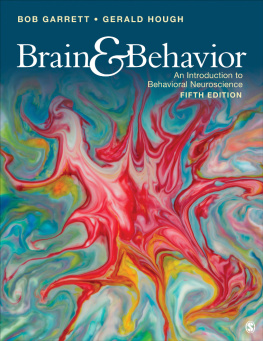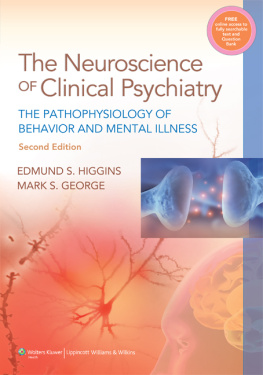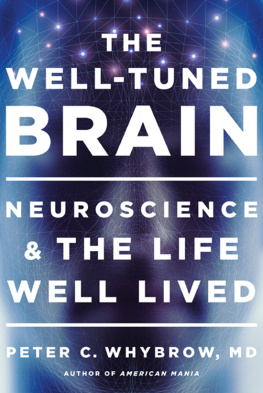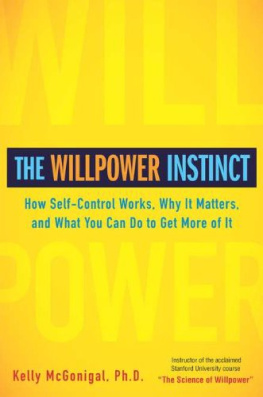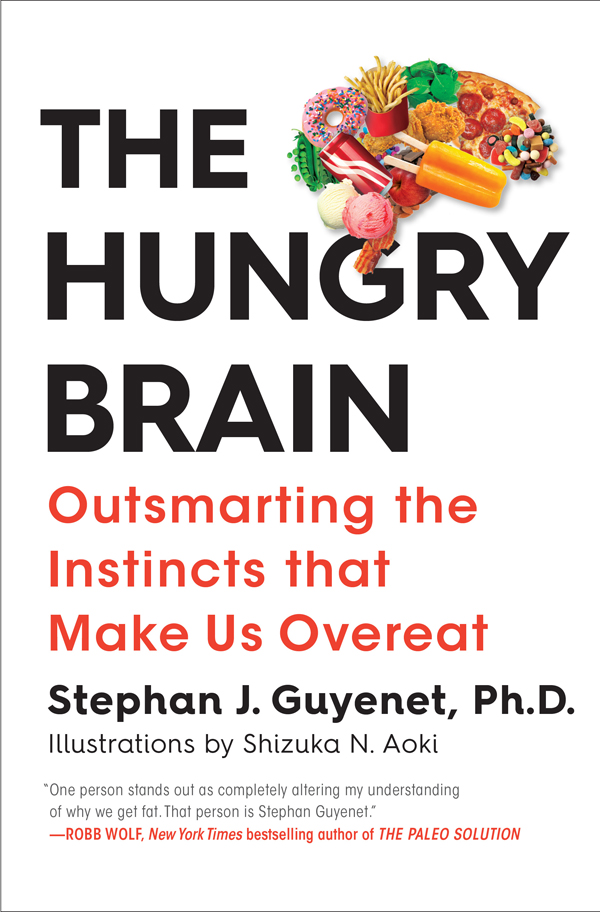Contents
Guide
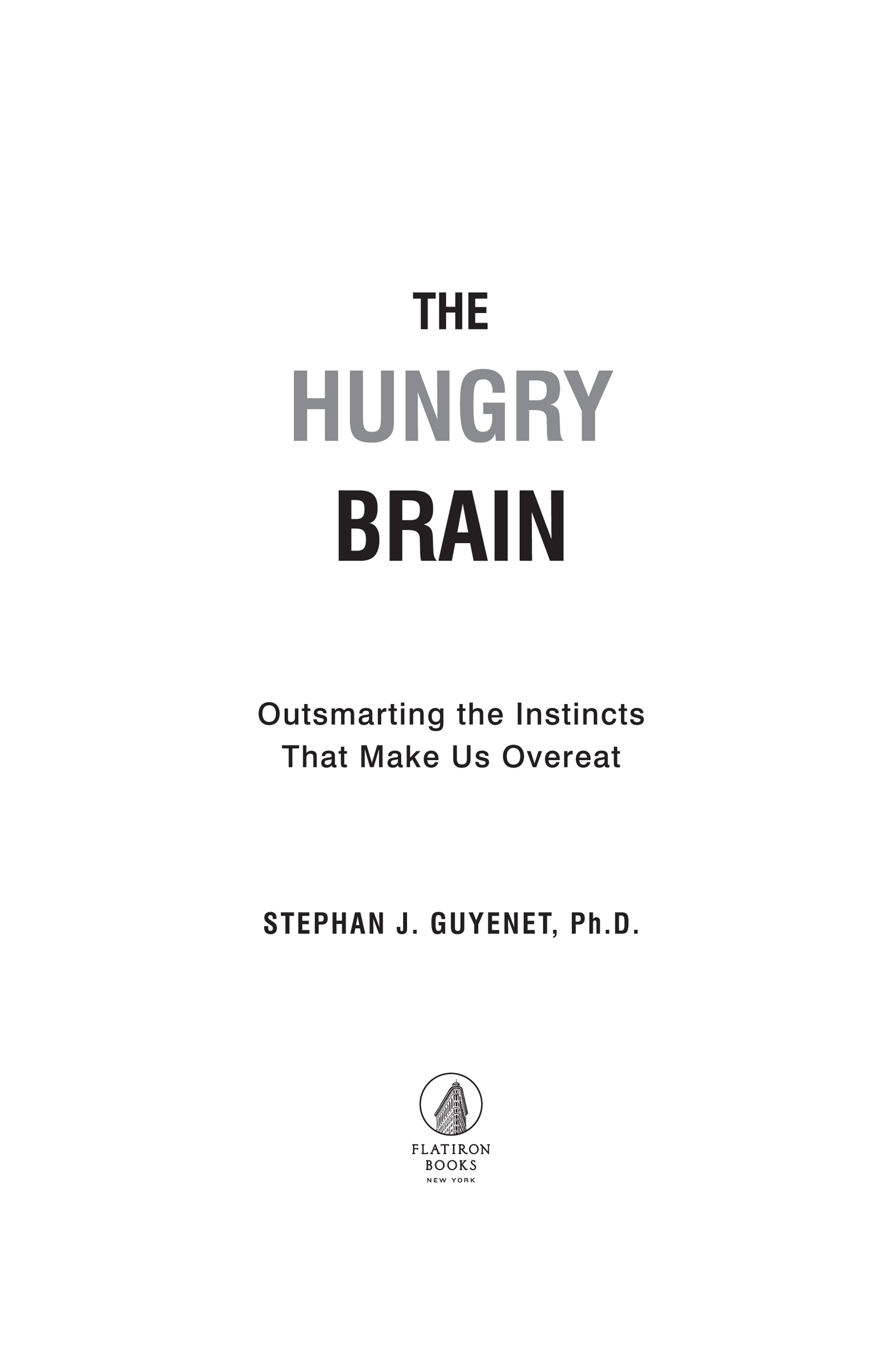
The author and publisher have provided this e-book to you for your personal use only. You may not make this e-book publicly available in any way. Copyright infringement is against the law. If you believe the copy of this e-book you are reading infringes on the authors copyright, please notify the publisher at: us.macmillanusa.com/piracy.
In 1980, the US Department of Health and Human Services and the US Department of Agriculture released a document titled Dietary Guidelines for Americans . The Guidelines were intended to reduce the risk of obesity and chronic disease by offering simple, evidence-based dietary recommendations for American policy makers, health professionals, and the general public. The document was only twenty pages long and focused on the following seven goals:
1. Eat a variety of foods
2. Maintain ideal weight
3. Avoid too much fat, saturated fat, and cholesterol
4. Eat foods with adequate starch and fiber
5. Avoid too much sugar
6. Avoid too much sodium
7. If you drink alcohol, do so in moderation
If you followed the Guidelines faithfully, you would end up eating a diet thats not very different from what most nutrition professionals recommend today: primarily whole grains, beans, potatoes, vegetables, fruits, nuts, lean meat, seafood, and dairy, with little added fat, sugar, or highly processed foods.
In the section titled Maintain Ideal Weight, the Guidelines explain that changes in body fatness are determined by the number of calories you eat minus the number you burn, and it lays out its four-point weight management strategy:
Increase physical activity
Eat less fat and fatty foods
Eat less sugar and sweets
Avoid too much alcohol
Seems pretty reasonable. Yet you know what happened next: We got fatter. Between 1980 and today, the US obesity rate more than doubled. Certain diet contrarians have seized on this correlation, suggesting that the Guidelines themselves made us fat by recommending that we replace dietary fat with carbohydrate, leading us to eat too much refined starch and sugar. Yet the evidence has never supported such speculation, in part because Americans who actually follow these recommendations tend to be leaner than Americans who dont. Not to mention the fact that the Guidelines specifically emphasize limiting sugar and other refined foods.
The Guidelines may not have been flawless, but thats not why they failed to constrain our expanding waistlines. The reason they failed is that we simply didnt listen. We didnt listen in 1980, and we have largely ignored the advice from the updated versions that have appeared every five years, despite the fact that they are now widely taught in public schools. Its not that we didnt change at all. We did start drinking less whole milk, replacing it with low-fat and skim milk (for better or worse), and we replaced some of our beef intake with chicken, which is lower in saturated fat. But we were extremely selective about what we implemented. Against the advice of the Guidelines, our intake of soda, refined sugar, refined starch, added fats, and highly processed food skyrocketed, along with our calorie intake.
I doubt these negative changes had much to do with the Guidelines; rather, they were the result of gradual but profound socioeconomic forces that altered the way we interact with food. Yet they do point to a fundamental aspect of human nature: Information alone isnt always an effective way to change behavior. I believe the failure of the Guidelines to prevent the obesity epidemic reflects a broader misunderstanding of human eating behaviorone that undermines our ability to manage our weight effectively, both as a nation and as individuals.
Its quite rational to care about your health, and therefore how you eat, because health has a major impact on your well-being, life span, and performance in many areas of life. If our eating behavior is primarily guided by conscious choices based on rational thinking, then educating the nation on what to eat should be a highly effective way of making us slimmer and healthier over time. The Guidelines assume, as many of us do, that if we just have the right knowledge about how to eat the right foods in the right amounts, well do it. In contrast, if our everyday eating behavior is primarily guided by brain systems that arent so rational, information alone shouldnt be a very effective way to change it, no matter how accurate, clear, and compelling it is. I think our nationwide experiment over the last thirty-five years supports the latter scenario.
To understand why, we must turn to the brain. The human brain evolved over more than five hundred million years as an information-processing organ that supports our survival needs. Its an incredibly complex piece of biological machinery, but we can conceptualize some of its functions in simple ways. In his fascinating book Thinking, Fast and Slow, Nobel Prizewinning psychology researcher Daniel Kahneman divides the brains thought processes into two domains he calls system 1 and system 2 . System 1 processes are fast, effortless, intuitive, and nonconscious. They decide whether that pastry behind the counter looks and smells tempting. System 2 processes are slow, effortful, rational, and conscious. They decide whether the potential health and weight consequences of the pastry are worth it, and whether or not to override the impulse to buy it. As this example illustrates, these two systems can harbor competing goals within the same brain. But system 1, Kahneman argues, is the more influential of the two in our everyday lives.
Kahnemans work is part of a growing body of psychology and neuroscience research thats gradually chipping away at the domain of the conscious, rational brain. Whats emerging is a picture of our decision-making process thats far less conscious, and more impulsive, than most of us intuitively believe.
Very few of us want to overeat. And certainly none of us want to consistently overeat for ten, twenty, or thirty years, develop obesity, and end up with a high risk of diabetes and cardiovascular disease. The $60 billion diet and weight-loss industry is a powerful testament to the fact that most of us would rather not overeat. Yet judging by the fact that one-third of American adults have obesity, and another third is overweight, most of us do precisely that.
The fact that we want to eat less or eat healthier food, yet we often dont, is consistent with Kahnemans idea. It implies the existence of a conscious, rational brain that cares about abstract concepts like health, body weight, appearance, and their future trajectories. And it also implies the existence of a nonconscious (or minimally conscious), intuitive brain that cares about concrete, immediate things like that piece of double chocolate cake in front of you, and doesnt always listen to the sage advice of its rational big brother.
The conflict between the conscious and nonconscious brain explains why we overeat even though we dont want to. Although we try to control our behavior using the conscious parts of our brains, the nonconscious parts work to undermine our good intentions. Returning to the Dietary Guidelines for Americans, the problem isnt that the information is wrongit simply targets the wrong brain circuits. If thats true, then what circuits are actually in charge of our everyday eating behavior, and how do they work? If we can answer those questions, we can understand why we make destructive food choices in the modern world, and how to stop.




